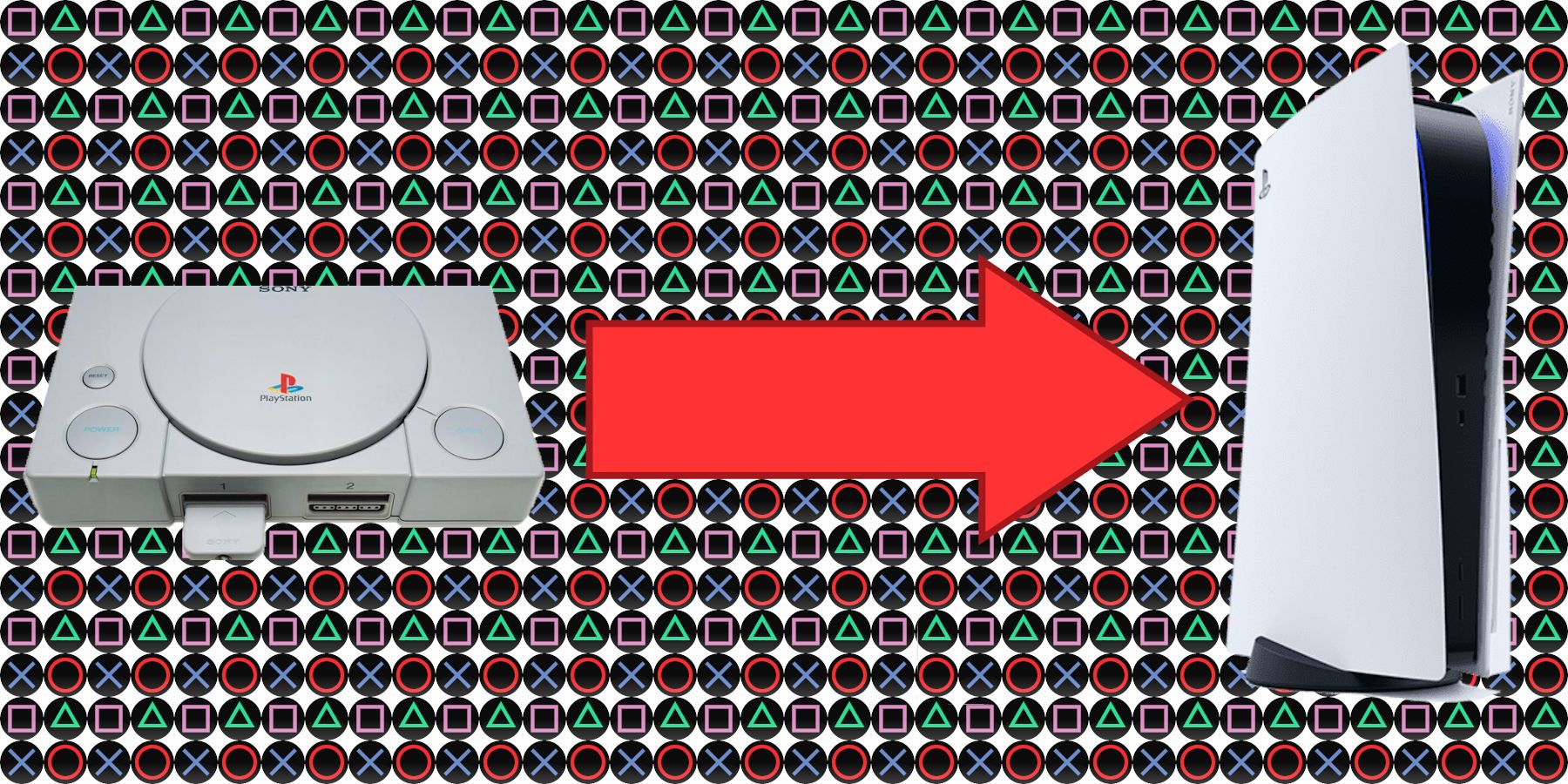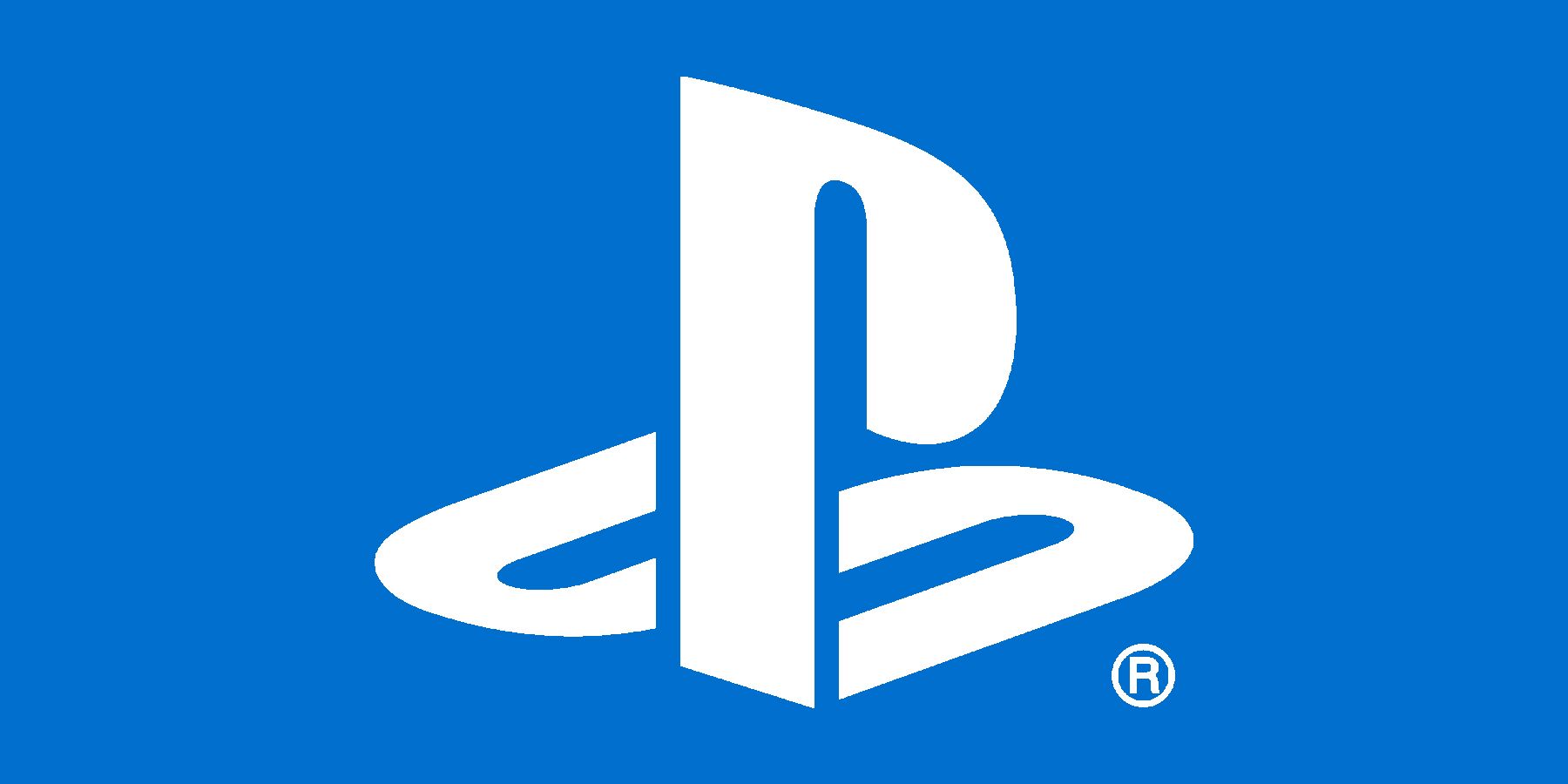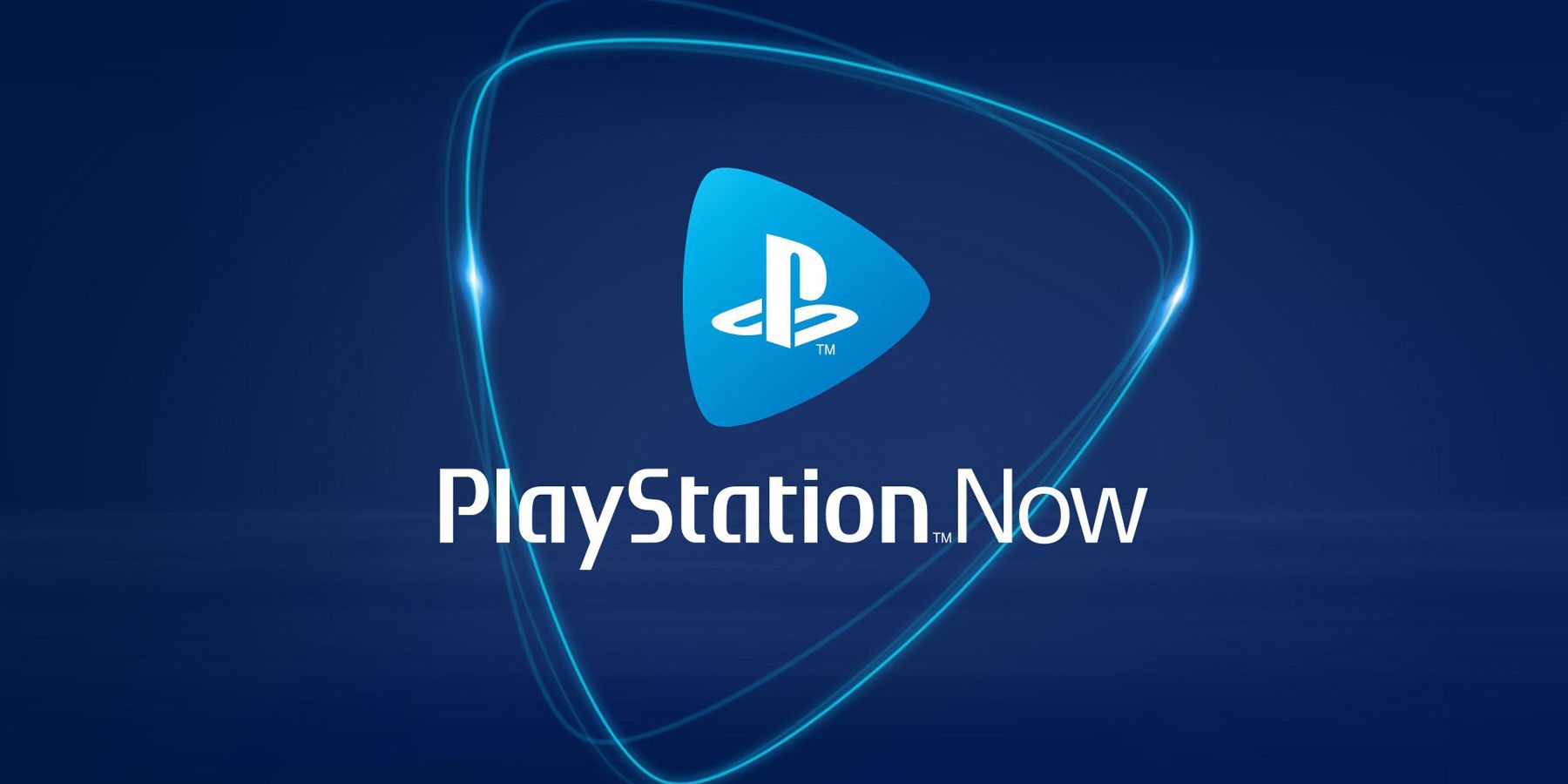The PlayStation 5 was originally released in November 2020. A year later, the console has proven itself to be a praiseworthy machine capable of pushing the gaming industry forward. The DualSense controller offers new ways for games to stimulate the senses, and 3D audio adds an additional layer of immersion. Furthermore, the console’s SSD has all but eliminated loading times in many games, making gaming a little less tedious. The success of the PS5 has also been bolstered by an impressive launch line-up that included hit games such as Spider-Man: Miles Morales and Demon’s Souls.
Although the PS5 is certainly an impressive console, it is far from perfect, and a few glaring issues that were present at launch persist. Most notably, though the PS5 is compatible with PS4 games, the console’s solution to backward compatibility is somewhat primitive compared to consoles such as the Nintendo Switch and the Xbox Series X/S. Consequently, while it is possible to play PS4 games on PS5, there are many hoops one must jump through to play games of prior generations.
PlayStation’s Problematic Backward Compatibility
The PS5 is fully backward compatible with the PS4, and playing a PS4 game on the console is as easy as slotting in the disk or downloading the game from the PS Store. However, this backward compatibility does not extend to prior generations, including the PS3, PS2, and PS1. Hence, the only way to play older games is to purchase PS4 or PS5 remakes and remasters (if they are available) or to subscribe to PS Now (if it is available in one's region). This works great for games such as The Last of Us and Mafia that were beautifully ported to the PS4. However, there are plenty of games that are left in the past because of the PS5’s lack of backward compatibility beyond the PS4. This includes Metal Gear Solid 4 and Grand Theft Auto 4.
In comparison to the Xbox Series X/S, PlayStation’s handling of backward compatibility seems rather slapdash. Xbox offers a hardware solution that removes all confusion. Right out of the box, the Xbox Series X/S is compatible with three of its predecessors: the Xbox, the Xbox 360, and the Xbox One. Although not all games are compatible, a good chunk of them are, and this helps to greatly expand the Xbox Series X/S’s library.
In addition to allowing gamers to seamlessly move their gaming library to the Xbox Series X/S, games played on the new console can also take advantage of the increased power available through Xbox’s Smart Delivery. Unlike PlayStation, Xbox’s compatibility solution allows gamers to upgrade their games at no cost. In addition to its robust backward compatibility, the Xbox Series X/S also offers plenty of perks. One useful feature is Auto HDR which adds an HDR effect to games from older generations, allowing aged games to look a little more polished. Xbox also offers FPS Boost, which allows some games from older generations to run at higher framerates.
Why is PlayStation's Backward Compatibility So Poor?
There are two main reasons behind the PlayStation 5's limited backward compatibility. The first is a problem that plagued the PS4 too - the PS3's unique architecture. Sony, Toshiba, and IBM worked together to create the PS3's Cell microprocessor. The Cell microprocessor is a technical feat that found use both in gaming and in other technology sectors. For instance, in 2010, the US Air Force Research Laboratory connected 1, 760 PS3s to form a powerful supercomputer it dubbed the "Condor Cluster".
Although the PS3 has impressive computing capabilities due to the Cell microprocessor, game developers often complained that the system was notoriously hard to work with. As Madden producer Seann Graddy stated, "the PS3 had a pretty different architecture compared to the [PlayStation 2], and different than the Xbox 360. So our technical directors had to problem-solve it in a very unique way on that platform that was different than the previous [transition], and certainly different than the Xbox 360."
With the PS4, Sony shifted away from the Cell microprocessor and made use of a more conventional CPU which is based on the Jaguar CPU architecture. While this made things easier for developers, it also made the console incompatible with PS3 games. Although Sony could have included PS3 chips in PS4s, this would have raised the cost of the PS4. Consequently, some PS3 games failed to make the jump to PS4 and PS5, as this would require remaking or remastering the games.
The second issue is that Sony has deemed backward compatibility to be too expensive and unprofitable to continually pursue. As president and CEO of Sony Interactive Entertainment Jim Ryan has stated, "when we’ve dabbled with backward compatibility, I can say it is one of those features that is much requested, but not actually used much." These two factors, together, have resulted in Sony's lack of robust backward compatibility.
If Sony is not willing to offer hardware solutions to backward compatibility, it should invest more in its streaming services. This can be done by making PS Now available in more regions and expanding the library of games available on the streaming service. While this solution is not ideal, as games from PS3 and before can only be streamed and not downloaded, it does go a long way to making more older generation games available to modern players.
The problem of Sony's limited backward compatibility is not just a matter of pleasing PS5 gamers. It also affects the growing problem of video game archiving and preservation. As older consoles go out of production and become harder to find, their library of games disappears too, robbing future gamers of the opportunity to experience video gaming's rich history.



